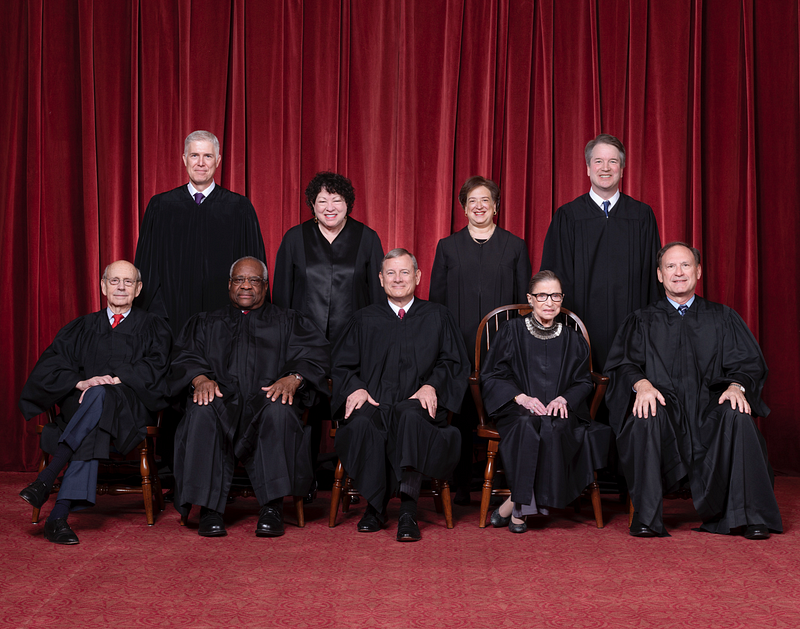
It’ll huff and puff and it’ll blow our houses down. Or perhaps I should say institutions.
Yes, I made a three little pigs reference, but I’m also referring to the first case overturned by the Supreme Court since returning to term. The justices decided, in a 5–4 ruling that saw conservatives outnumbering liberals, to reverse a 1985 decision that had previously barred property owners from disregarding state courts and proceeding directly to federal courts with claims that local regulations deprive them of use of their private land as a result of zoning edicts. In practice, federal courts are usually much more congenial to these cases than local ones.
Although this decision isn’t the sexiest subject to discuss, it highlights that the current Court is not afraid of revoking decades-old precedents and demonstrates that this most recent decision is unlikely to be the last decision of its kind. In fact, it seems to be just the beginning.
This is scary. The flexibility that Justice Kavanaugh’s presence and vote gives to the Supreme Court and the alarming facility with which they’ve disposed of legal paradigms means that other rights are in danger. Next time the issue at play could be one of human rights and lives — working equality, reproductive rights, or gun rights, among others.
The Supreme Court has too much power over everyone’s lives.
That is their job — they are the body designated to decide laws that every individual living in the U.S. has to abide by. But these are supposed to be non-partisan, common sense laws, not ones supportive of the conservative agenda.
The cases on deck are ones that significantly impact American peoples’ lives and livelihoods, and they are cases that provide ample opportunity for conservative justices to hinder rights for marginalized groups. For example, three cases involving Title VII discussions on job equality and an employer’s ability to fire a worker based on their sexual or gender orientation are coming up.
We’ve never had to be this afraid before because Justice Anthony Kennedy, the so-called swing vote judge, voted on the facts and not his partisan ideals, at least giving the plaintiffs are fair shot to win. But Kennedy’s retirement and the appointment of Kavanaugh, the court possesses an emboldened conversative majority that is holstered to shoot down rights.
I don’t have concrete solutions, but I have some ideas.
First: term limits. The original purpose for life tenure — what the founders of this country truly intended — was to protect Court justices from the then-rampant political pressures; now, justices serve a party and not a people, and the rule contradicts its primary intentions. Most arguments for term limits suggest an 18-year maximum to account for the much shorter life expectancy during the time when the Constitution was written and also to end the political circus that has become Supreme Court nominations.
There are also propositions to add more justices to the court — an idea called “packing” — with some law theorists even positing the idea of 27 total justices. Though this number is a stark contrast to our current system of nine justices, it’s not radical, nor is it unconstitutional. In fact, FDR even suggested an addition of a new justice for every justice over 70 years of age who didn’t opt for retirement.
The exponential spike in 5–4 rulings over recent years make it undeniable that the Supreme court has become a political body. But it doesn’t have to be, and increasing the number of justices may be an answer to the call for non-partisanship.
Some change must happen if we are to acknowledge the unnerving truth in the unequal power dynamics of this partisan entity. The Supreme Court is the most powerful branch of the government, but it is also the least accountable.
Please don’t let it become the big bad wolf.

















